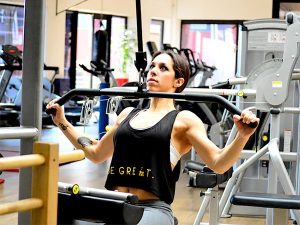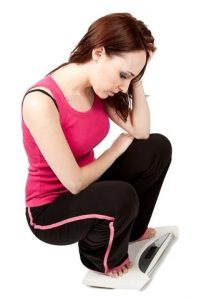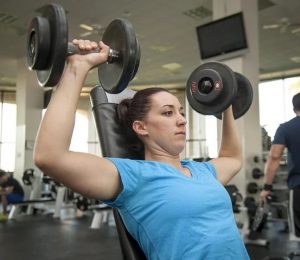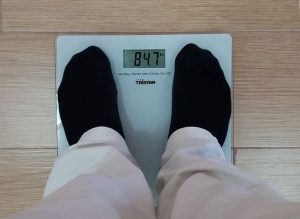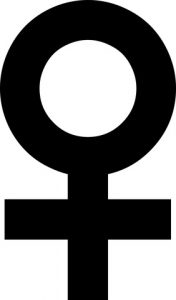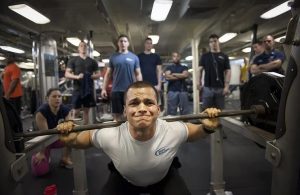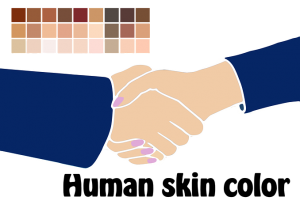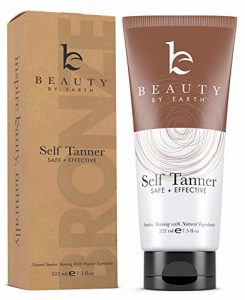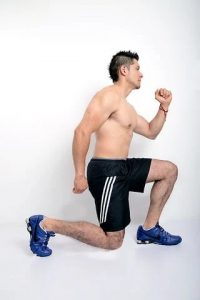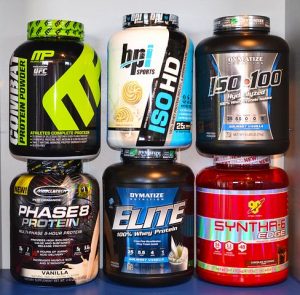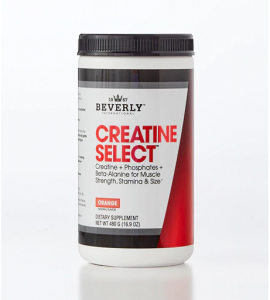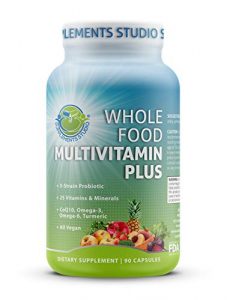Recently, a reader reached out and requested help with losing weight. While that is a typical issue we deal with all the time, this person is dealing with a not-so-typical roadblock: hypothyroidism. According to Web MD, it’s a disorder of the thyroid gland, also known as underactive thyroid disease. When the thyroid doesn’t perform as it should, not producing enough thyroid hormone in this case, all kinds of health issues can arise including slowed heart rate, fatigue, inexplicable weight gain and difficulty taking weight off.
The fatigue and slowed heart rate alone can make you want to skip exercising, or will at least interfere with how vigorously you go at it, but exercise is one of the four key things you can do to control your weight with hypothyroidism. With your body working against weight loss, you have more of a challenge ahead of you than other people do, so don’t get discouraged if your progress is slow at first. If you get serious about doing the things that can help you lose weight, you really will see results.
Work Closely With Your Doctor
Even under normal circumstances, everyone’s body is different. That’s why different exercise regimens and diets affect everyone differently. If you have hypothyroidism, getting your doctor’s input every step of the way on your path to weight loss will help you tailor a program that works for you. Let your doctor know how your medication is affecting you, such as how it makes you feel and the ways you see your body reacting. She should be checking your reverse T3 levels on a regular basis anyway and may adjust your prescription a few times to get it right. Also, make sure she knows about other medications you are on as well as vitamins and supplements you’re taking. Discuss planned dietary changes and the type of workout you’d like to do, as well. Your doctor may have some helpful advice for you in both areas.
Fine Tuning Your Diet

Reduce processed foods and get more lean protein, whole grains, and fresh vegetables to fine tune your diet and encourage weight loss if your thyroid isn’t working right.
One of the problems with hypothyroidism that makes it hard to lose weight is that the hormonal imbalance it causes affects the signals your body sends to your brain. One of those signals is hunger, and you may find yourself craving carbs or thinking you’re hungry when your body really doesn’t need the fuel. You do still need a reasonable amount of calories, though, so going on a reduced calorie diet isn’t the answer. According to Dr. Kent Holtorf, doing so when you have hypothyroidism can reduce your metabolism and keep it burning slow (in starvation mode) years after you ditch the diet and increase your caloric intake.
The solution is to continue to eat the number of calories you need to function and stay healthy, but make them quality calories. Avoid processed foods, artificial sweeteners, and products made with white flour including pasta, pastries, and bread. Structure meals to include lean protein, fresh vegetables, and healthy fats–go organic, if you can. Also, Everyday Health points out that digestive function can be slowed along with metabolism for people who have hypothyroidism. To help with digestion as well as keep you from overeating, cut your meal size, but increase the number of times you eat in a day, eating smaller but more frequent meals. You might even consider taking digestive enzymes.
Move It to Lose It
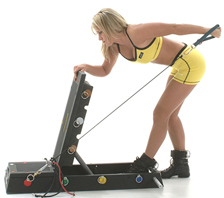
If hypothyroidism leaves you drained, resistance exercises are effective for helping with weight loss.
OK, we just told you not to go on a reduced calorie diet, so here is where you burn those “extra” calories instead of cutting them. If hypothyroidism has you feeling too fatigued to do a HIIT class, start out slow and go for a walk instead. If you have the energy, kick it up a notch and do an aerobics class or turn that walk into a jog or run. Once you start exercising, you’ll have more energy and will eventually be able to increase the intensity of your exercise. Experts advise that resistance training is just as important for your health as cardio is–and even more so for hypothyroidism patients. That makes it essential to include regular weight lifting or resistance band training days in your workout schedule. Plus, for those who just don’t have the energy for cardio, resistance training is an effective way to work exercise into your lifestyle. It burns extra calories and it builds lean muscle which, in turn, helps increase your metabolism to–that’s right!–burn even more calories. Once you have your energy back, resistance training in a HIIT format is ultra-effective for burning fat and building muscle.
Getcher Z’s
Hormonal imbalance from hypothyroidism can also interfere with sleep, but adequate sleep is essential for losing weight. In fact, a study done at the University of Chicago found that getting adequate rest increases the amount of fat you can lose with diet and exercise. Eating cleaner and exercising can help you get a better night’s sleep when you have hypothyroidism, but there are additional things you can do to get better quality sleep with an overactive thyroid. Everday Health suggests:
- keeping your bedroom dark to stimulate your body’s melatonin production
- turning the thermostat in your bedroom down, somewhere between 65 to 70°F
- sleep on a supportive but comfortable bed, even if it means getting a new mattress
- don’t eat a large meal right before bed, but do have a light snack of carbs if you’re feeling peckish
- develop a calming bedtime routine and follow it every night, i.e.: listen to soothing music, soak in a warm bath, or read a book (a real one–not an ebook, because they have backlit screens that can make you more alert instead of relaxing you).











